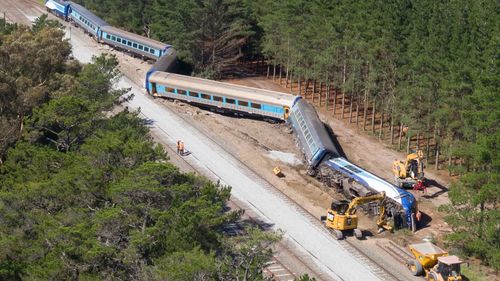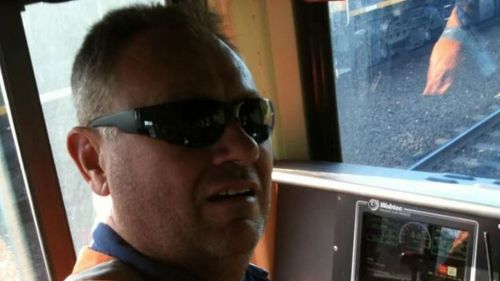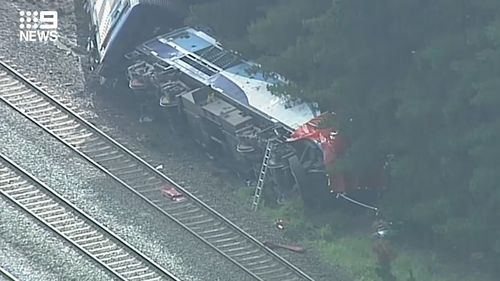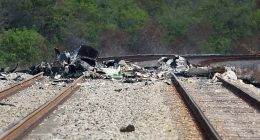The Australian Transport Safety Bureau’s (ATSB) final report into the crash found that a fire in a signalling hut earlier in the month meant train drivers were given instructions on paper documents.

The documents gave drivers permission to travel through a 24km section of track between Kilmore East and Donnybrook while the signalling system was inoperative.
“In the 12 days prior to the accident, the driver had operated the XPT service through Wallan eight times, and on all occasions the crossing loop was locked out of service,” ATSB Chief Commissioner Angus Mitchell said.
“This has led us to believe they probably expected to remain on the straight track, where the speed limit was 130Km/h through Wallan.
“However, there was no protocol in place to confirm the driver’s understanding of the revised instruction, with no requirement for the driver to read back or confirm the instructions to the network control officer.”
The ATSB report made 37 findings including in relation to 15 safety issues.

The train had entered the crossing loop on February 20, at a speed of 114-127km/h when the maximum permitted speed to enter the loop was 15 km/h.
Read Related Also: Halle Berry celebrates 57th birthday with rare pics of ‘not so mini’ daughter Nahla
Its leading power car overturned and slid on its side before coming to rest. Eight passengers were hospitalised with serious injuries, while 53 passengers and the five passenger service crew suffered minor injuries.
The design of the XPT train’s cab also contributed to the “adverse outcome for the driver and accompanying qualified worker”, who both died in the crash,” the report found.
The report also found the train working arrangements to manage traffic while the signalling system was not functioning.

“We identified that several safety factors increased safety risk including weaknesses in ARTC risk management, the train working arrangements, risk controls including a reliance on manual processes, and stakeholder engagement,” chief Investigator Mark Smallwood said.
“There were several available and practical risk controls that were not used, and there continues to be a high reliance on administrative controls and a slow take up of technological solutions by the rail infrastructure manager to improve safety.”
The report concluded that there was an “over reliance on administrative controls” and there was “missed opportunities to use existing and emerging technologies” to manage risk associated with human error.
“To improve safety outcomes, the rail sector must move faster and together in embracing technology to improve its management of safety risks,” Mitchell said.






